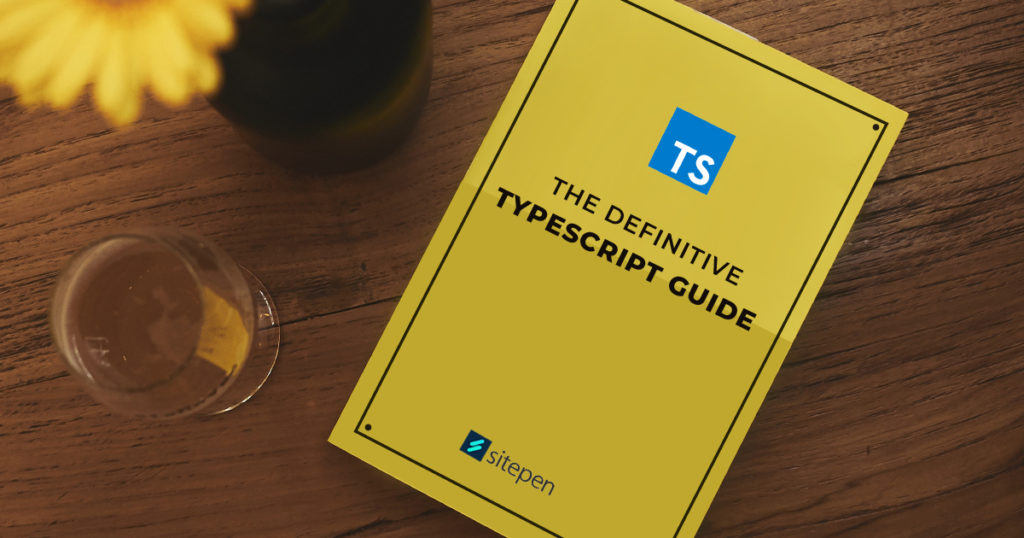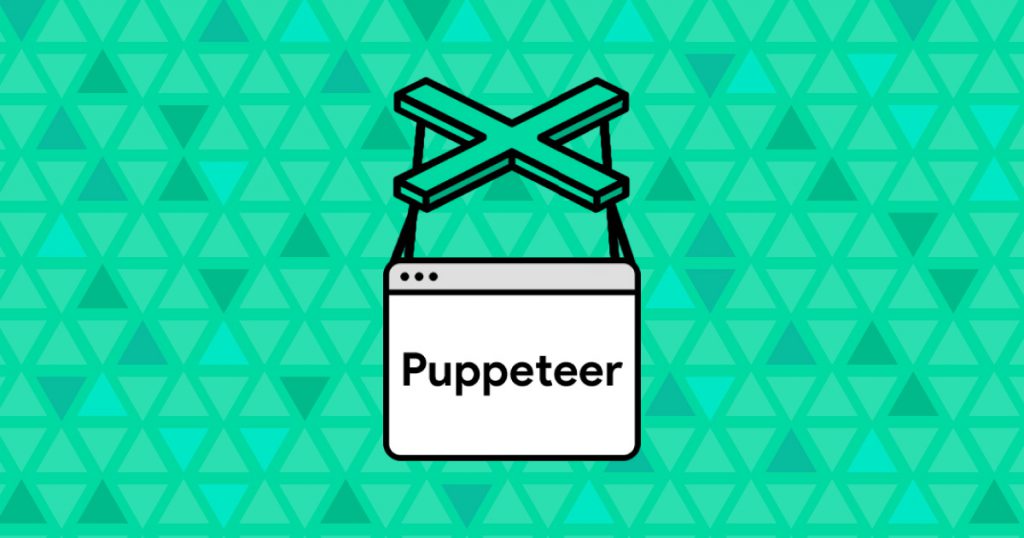
The Definitive TypeScript 4.0 Guide
Jason Cheatham | September 18, 2020
Originally published October 2018. Updated September 2020. This article describes the features and functionality of TypeScript 4.0. One of the most interesting languages for large-scale application development is Microsoft’s TypeScript. TypeScript is unique in that it is a superset of JavaScript, but with optional types, interfaces, generics, and more.



